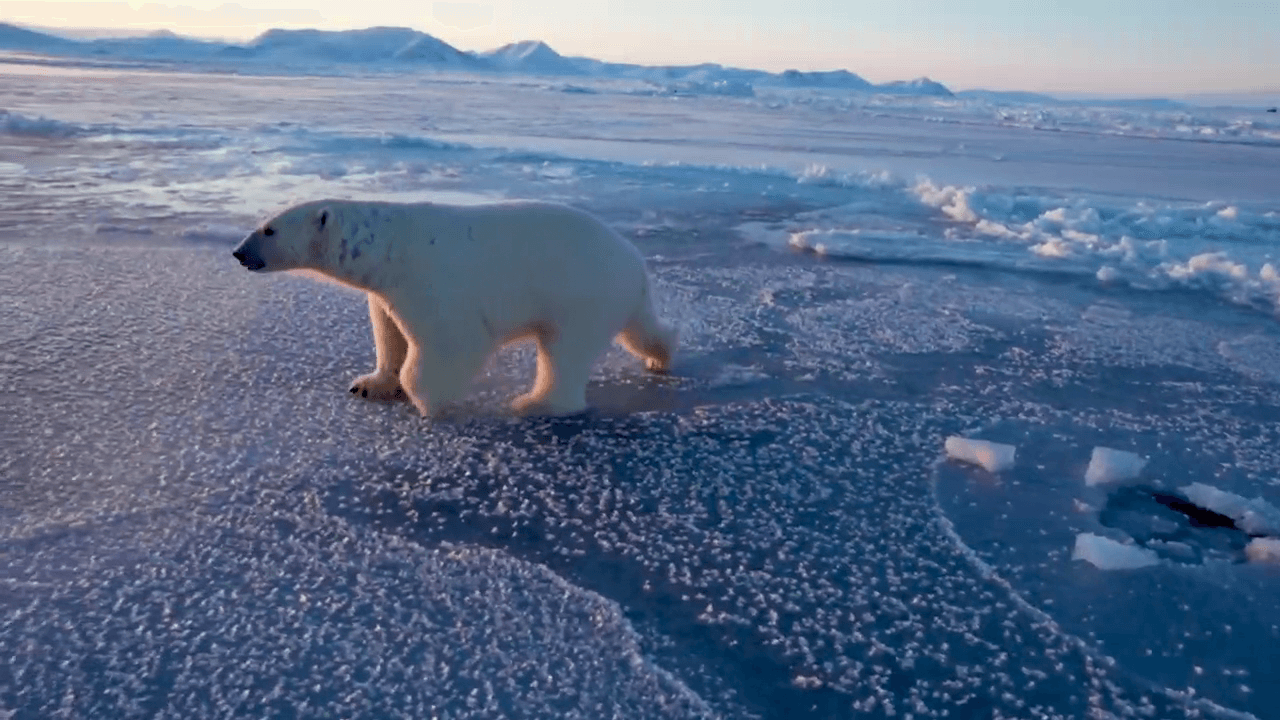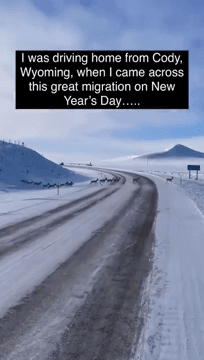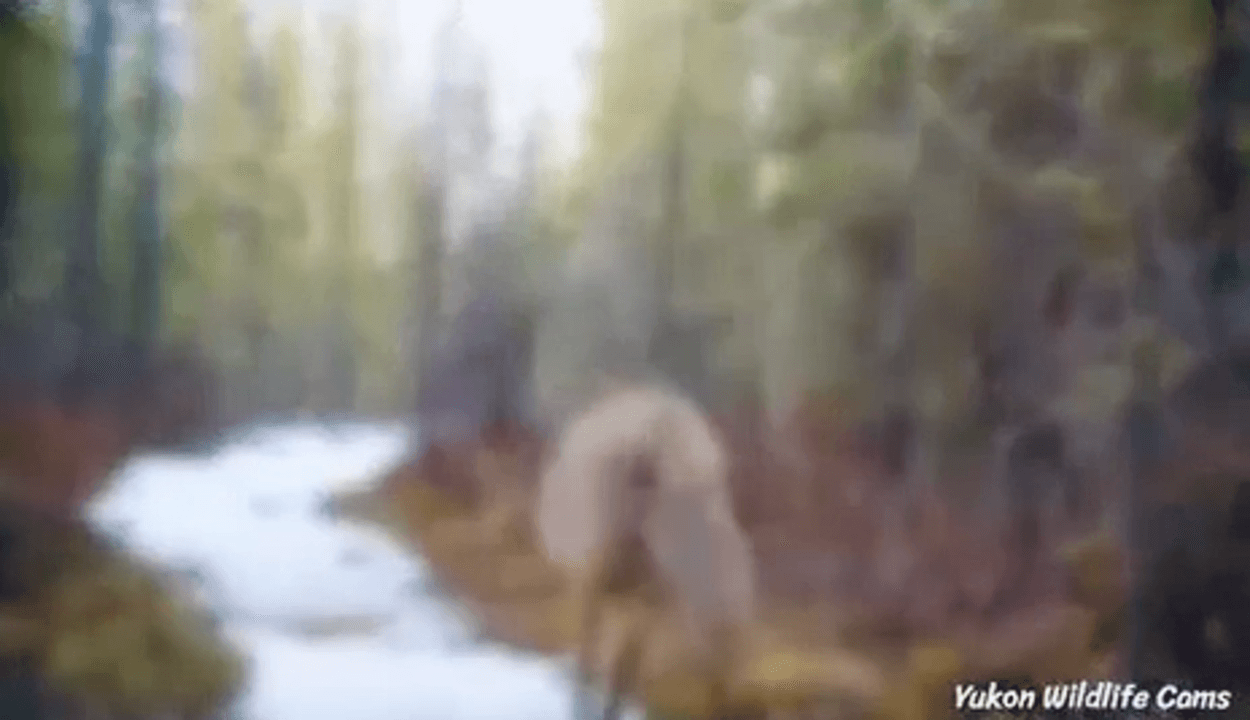
Where to Hunt in Morocco: Top Local Regions and Clubs Morocco is a rugged, game-rich country with a long tradition of hunting. From the dense cork oak forests of the Rif to the arid slopes of the Béni-Snassen Mountains, the kingdom offers a wide range of terrains and species for hunters who want real action—not tourist fluff. This guide focuses exclusively on local Moroccan hunting areas and reserves, including private concessions and state-managed zones. No international outfitters, no ethics lectures—just real places where real hunters go. --- 📍 Top Hunting Regions in Morocco 1. Middle Atlas Mountains (Azrou, Ifrane, Khenifra) • Game: Wild boar, Barbary partridge, hare, woodcock • Terrain: Cedar forests, rolling hills, river valleys • Local Operators: Chasse Azrou, Club de Chasse Ifrane • Why Hunt Here: High altitude forests with strong populations of wild boar and upland birds. Snow in winter adds challenge. Dogs and beaters are commonly used. --- 2. Béni-Snassen Mountains (
Post: 21 December 16:54















































